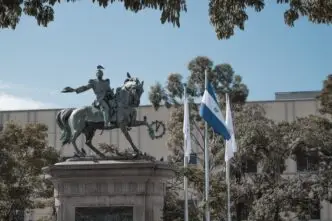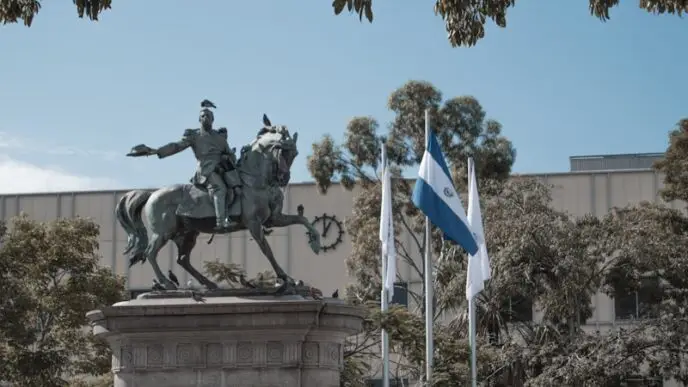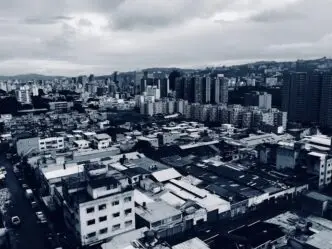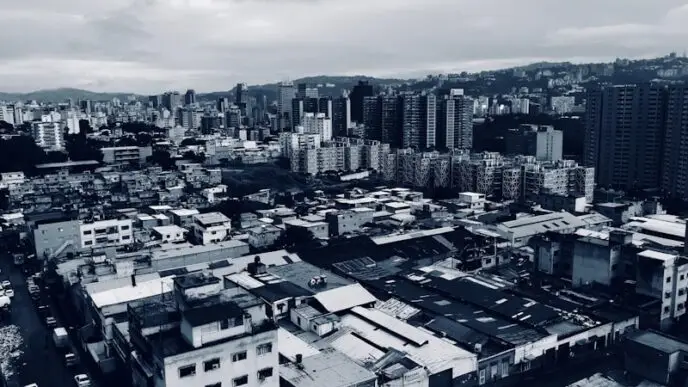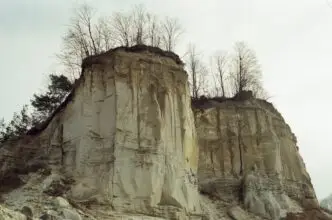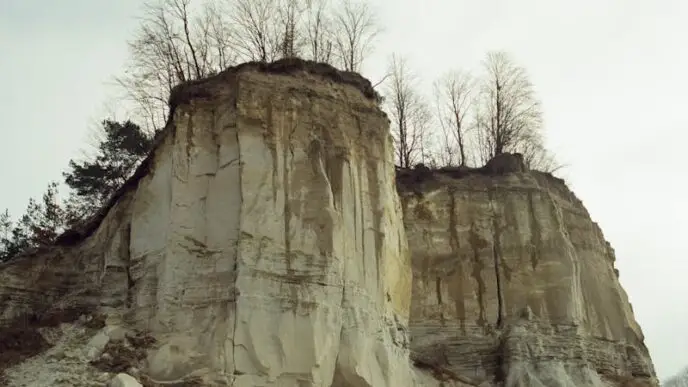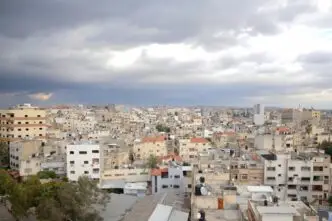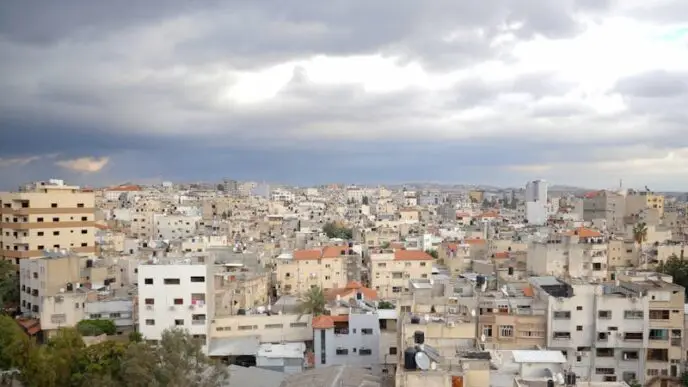Mass Evacuation Underway as Earthquake Swarm Rocks Santorini
A relentless swarm of earthquakes has rattled the idyllic Greek island of Santorini, prompting an unprecedented mass evacuation of thousands of residents and tourists alike. The seismic activity, which began last week, has progressively intensified, triggering panic and chaos in this usually serene paradise.
Known for its breathtaking sunsets and unique architecture, Santorini is one of Greece’s most visited tourist destinations. The island now faces a crisis as a series of earthquakes, occurring with alarming frequency, is turning the once calm haven into an active seismic hotspot.
Authorities have been working around the clock to evacuate the island’s inhabitants and tourists, amidst escalating concerns about safety and the potential for a catastrophic event. The Greek government has declared a state of emergency, and the military has been mobilized to assist with evacuations and emergency services.
Unprecedented Seismic Activity
The Hellenic Seismological Institute reports over two hundred earthquakes have been recorded since the onset of the seismic activity last week. The largest tremor so far, a 5.7 magnitude quake, struck in the early hours of Tuesday, causing minor damage to buildings and infrastructure.
Experts at the institute are closely monitoring the situation, describing the unprecedented series of earthquakes as a “swarm”. Seismologists explain that an earthquake swarm is a sequence of seismic events occurring in a localized region, which can last for days, weeks, or even months. The causes can vary from tectonic movements to volcanic activities.
“This is an extremely rare event. The continuous seismic activity is worrying, especially considering Santorini’s volcanic nature,” said Dr. Evangelos Sakkas, a senior seismologist at the institute. “We are doing everything we can to understand and predict the potential outcomes.”
Impact on Tourism and Local Economy
The ongoing seismic activity has dealt a severe blow to the tourism industry of Santorini, which heavily relies on the sector for its local economy. The island, famous for its iconic blue-domed churches and dramatic cliff-top views, attracts millions of tourists each year. However, the current situation has forced hotels, restaurants, and other businesses to shut their doors indefinitely.
“This is a disaster for us,” said Nikos Zorzos, the mayor of Santorini. “The safety of our citizens and visitors is our top priority, but the impact on our economy will be significant. The tourism industry is the backbone of our economy.”
International travelers, who were enjoying the island’s beauty and tranquility, have been caught off guard. Many have shared their experiences on social media, describing the fear and uncertainty that has gripped the island.
Emergency Measures and Future Implications
The Greek government is taking rigorous measures, implementing emergency procedures to ensure the safety of the island’s inhabitants and visitors. Military vessels and aircraft have been deployed to aid in the evacuation, while temporary shelters have been established in safer regions.
While the immediate focus is on ensuring the safety of the people, the Greek authorities are also taking into account the long-term implications of this seismic activity. The government is preparing plans for disaster management and economic recovery, hoping to minimize the impact on the island’s future.
“We are facing a serious challenge,” said Prime Minister Kyriakos Mitsotakis. “Our priority is the safety of our people. But we are also committed to ensuring that Santorini, one of our most treasured destinations, will recover and continue to enchant visitors from around the world.”






